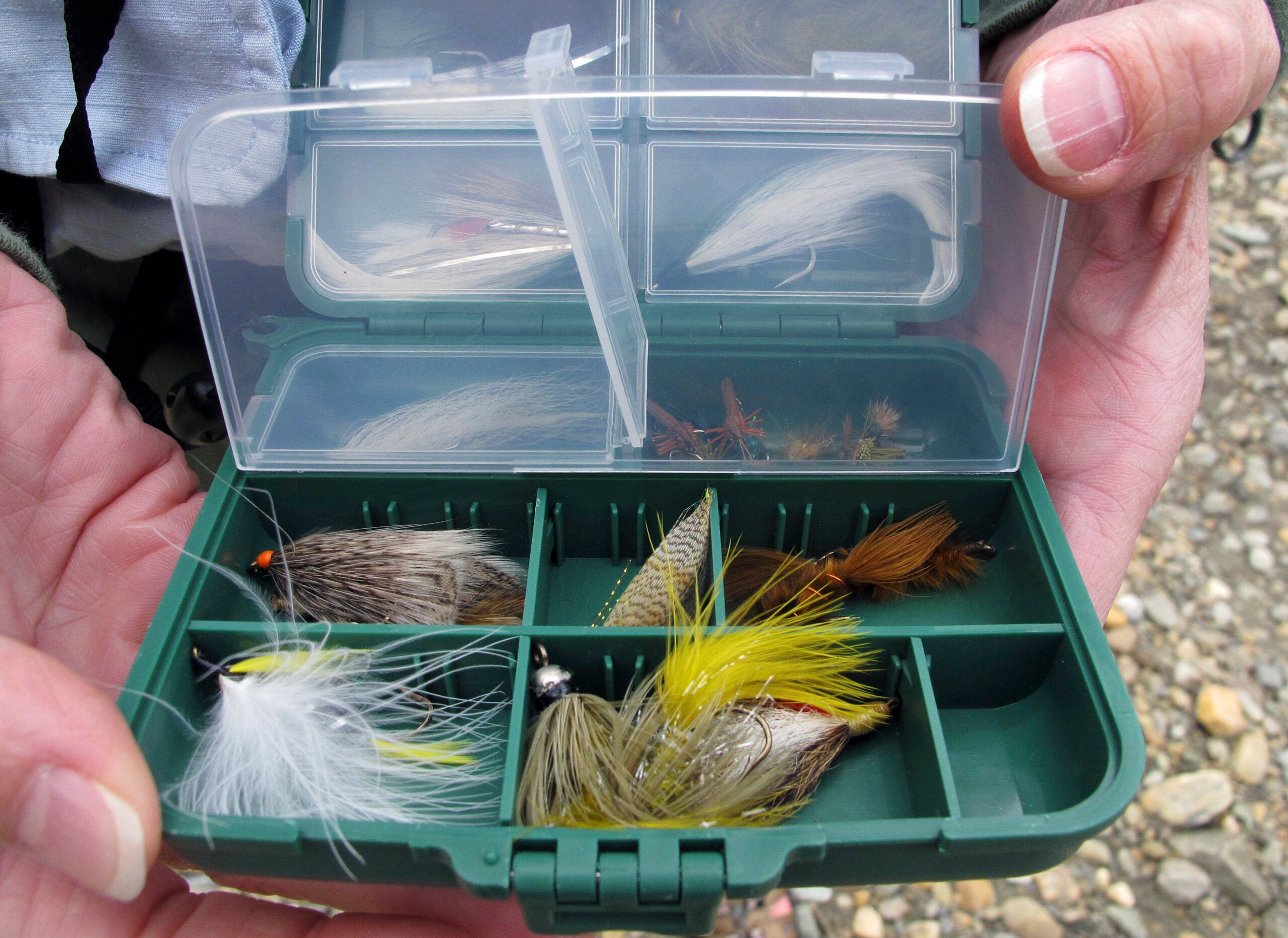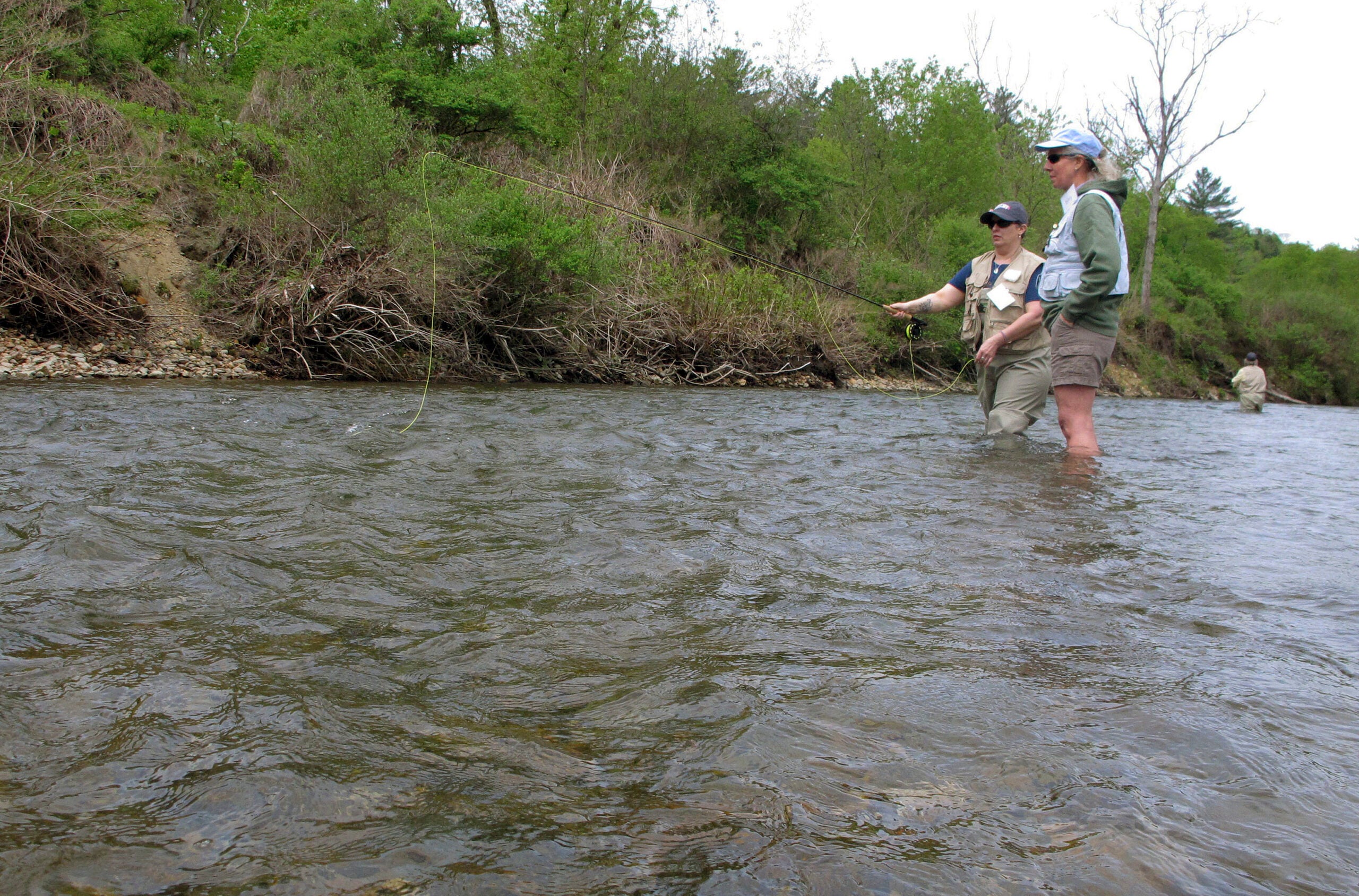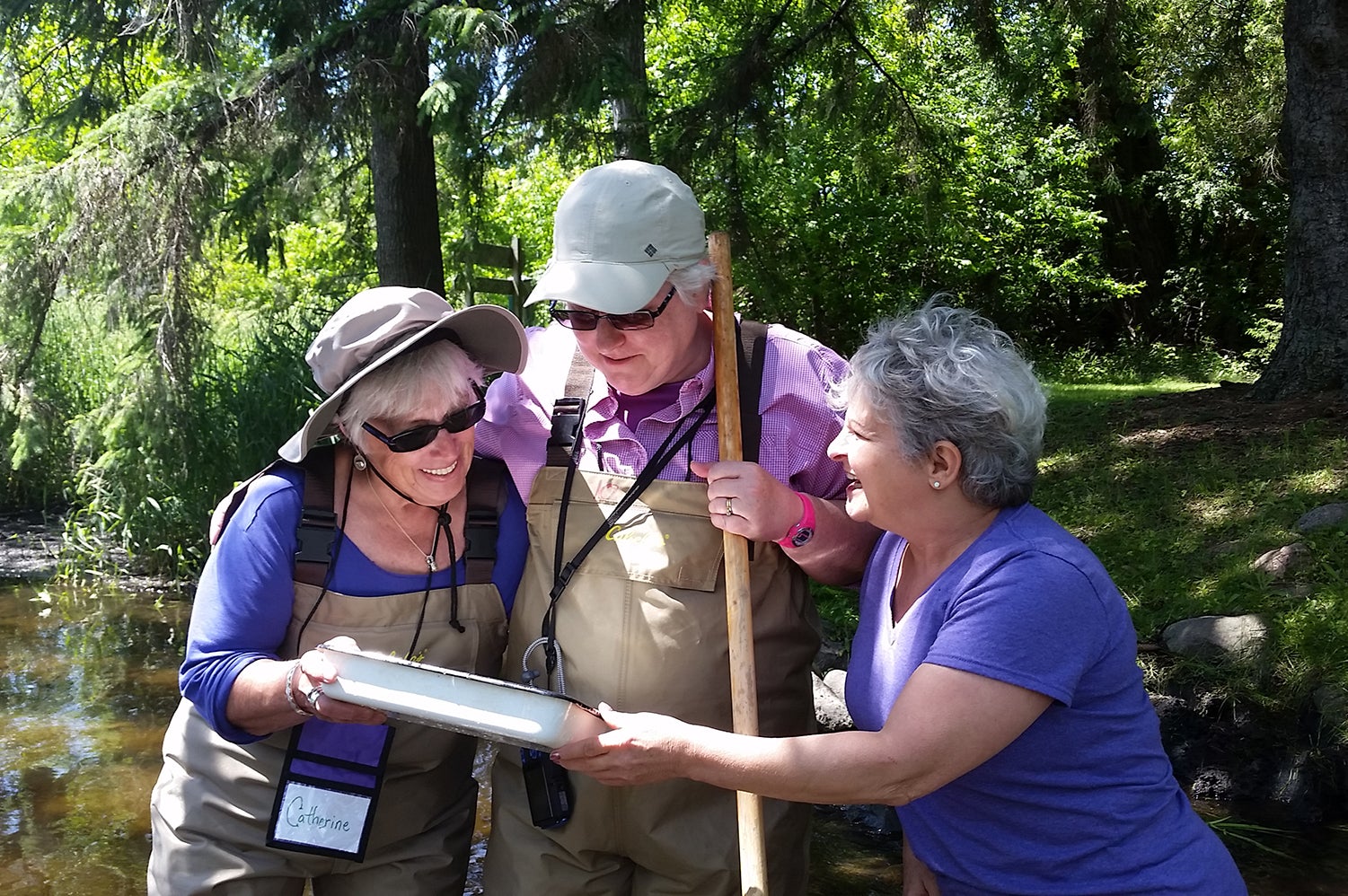Traditionally seen as a man’s sport, fly-fishing has grown in popularity among women and girls over the past few years, and women are its largest growing demographic.
Jen Ripple, editor-in-chief of DUN Magazine, an international women’s fly-fishing magazine, said that could be for several reasons, but particularly because the sport has become much more affordable and women are encouraged by seeing each other try it.
“If they see someone that is just an everyday woman who has picked up a fly rod and had a great time … that’s something women look at and say, ‘Hey, maybe this is an activity that I can do with my friends with my family,’” she said.
Stay informed on the latest news
Sign up for WPR’s email newsletter.
Fly-fishing is a sport similar to conventional fishing that uses a fly instead of a lure and weighted lines instead of monofilament lines.
“The difference is that in a conventional fishing state, you are using a lure that is weighted,” said Ripple, a professional fly angler and fly-fishing educator. “Our flies don’t weight anything, so the way that we get our fly to our target is through a weighted line.”

Despite being male-dominated, fly-fishing has a rich history of involving women.
Carrie Frost was a female fly angler and pioneer who used her experience in fly-fishing to establish her own business that employed mostly women in Stevens Point.
Ripple said Frost, who was born in 1868, found success in part because of her focus on the local environment. She made flies with local feathers and furs to mimic local insects. At the time, flies were brought in primarily from Europe.
“She also tied flies that look like the bugs that were in her area,” Ripple said. “And I think that’s a super important part because flies in the English waters did not always compare in color and size to what she was seeing in Wisconsin.”
But even prior to Frost, as far back as the 15th century, some historians believe the first book about fly-fishing was written by a nun born of nobility, Dame Juliana Berners, who wrote “Treatyse of fysshynge wyth an Angle” or “Treatise of Fishing with an Angle,” that touched on everything from dying horse hair for different water conditions to conservatism.
Although she’s from a family of anglers, Ripple didn’t fall in love with the sport right away. It took her signing up for a fly tying class in Michigan before it really became a passion.
Ripple said the sport is also accessible to young children, pointing to Maxine McCormick, a teenager who many believe to be the best caster in the world.
“Fly-fishing has absolutely nothing to do with strength, which makes it perfect for young and old women and men alike,” she said.
And, she said for fathers and male caregivers, it’s important to pay attention to cues from their children, and especially daughters, showing interest in the sport.
“I think a lot of fathers overlook the fact that their daughters might want to try this,” she said.
Wisconsin Public Radio, © Copyright 2024, Board of Regents of the University of Wisconsin System and Wisconsin Educational Communications Board.



